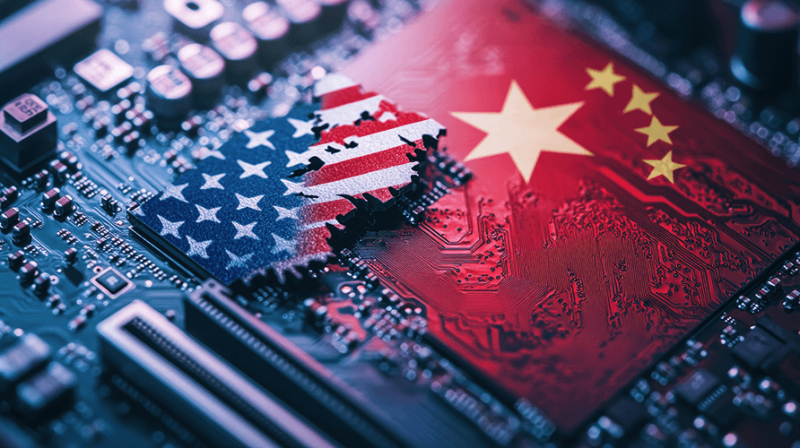
Why Smarter Hiring Is the First Step
The U.S. manufacturing sector employs approximately 12.7 million people, representing about 9.7% of the total U.S. workforce1 (February 2025), yet it faces one of its most complex labor challenges. With a total of 7.1 million unemployed individuals in the US2 (2025), there's a clear gap—not in available workers, but in how we connect talent to today’s industry needs.
Simultaneously, global competition is increasing. Countries like China boast manufacturing workforces that exceed 100 million people, and the rapid acceleration of technologies like AI and chip production has introduced new complexities into the supply chain. Many of the materials and specialized machinery required to build next-generation products—such as AI chips—are not available domestically. These are global supply chain realities that require globally minded strategies.
This context brings us to a central question for U.S. manufacturing: How do we build a more resilient, future-ready workforce in an interconnected economy?
According to the Cato Institute's 2024 Trade and Globalization Survey (2024), most Americans recognize that international trade has helped the U.S. economy. Sixty-six percent say trade has been good for the economy overall, and 63% say it's been good for American business3.
At the same time, 79% of respondents believe global trade has harmed some American manufacturing industries3. This duality illustrates the challenge: Global trade drives innovation and access to goods, but it can also disrupt domestic labor markets when transitions aren't managed effectively.
Rather than focusing solely on protectionist measures or domestic self-sufficiency, manufacturers can focus on building agility into their operations—starting with their people.
Many current labor shortages in manufacturing aren’t about a lack of workers—they’re about a lack of alignment between job requirements and workforce readiness. The 2024 Deloitte Manufacturing Industry Outlook emphasizes the need for better workforce planning and process improvement to drive long-term competitiveness. With increasing automation and leaner production lines, manufacturers need workers who can adapt, problem-solve, and contribute across multiple functions.
Here are three key steps manufacturers can take to build a smarter, more resilient workforce:
-
Modernize the Hiring Process
Job postings and talent pipelines should reflect today’s needs, not yesterday’s roles. Skills-based hiring, digital applicant tracking systems (ATS), and data-informed decisions can help match candidates to roles where they can add immediate value and grow over time. -
Develop Internal Training and Upskilling Programs
Relying solely on the external labor market is no longer enough. Creating structured onboarding, apprenticeship programs, and upskilling pathways can help address internal gaps while building loyalty and reducing turnover. -
Recruit for Adaptability, Not Just Experience
The manufacturing floor has changed. Cross-functional skills, digital literacy, and flexibility are becoming as important as traditional technical experience. Hiring with these priorities can support short-term productivity and long-term innovation.
Building a sustainable manufacturing future in the U.S. will depend on acknowledging and navigating global realities—resource limitations, supply chain dependencies, and international competition—while creating a strong, adaptive workforce at home. This isn’t about choosing between global trade or domestic labor. It’s about aligning strategy, technology, and talent in a way that can compete globally and operate efficiently locally.
Future-proofing U.S. manufacturing isn’t just about investing in equipment or automation. It begins with people—and with how we find, train, and empower them. Companies that hire with clarity, strategy, and long-term goals in mind will be better positioned to weather global shifts and remain competitive in a rapidly evolving industry.
Sources

